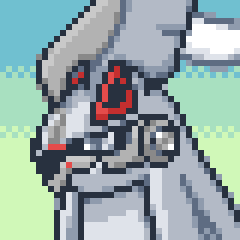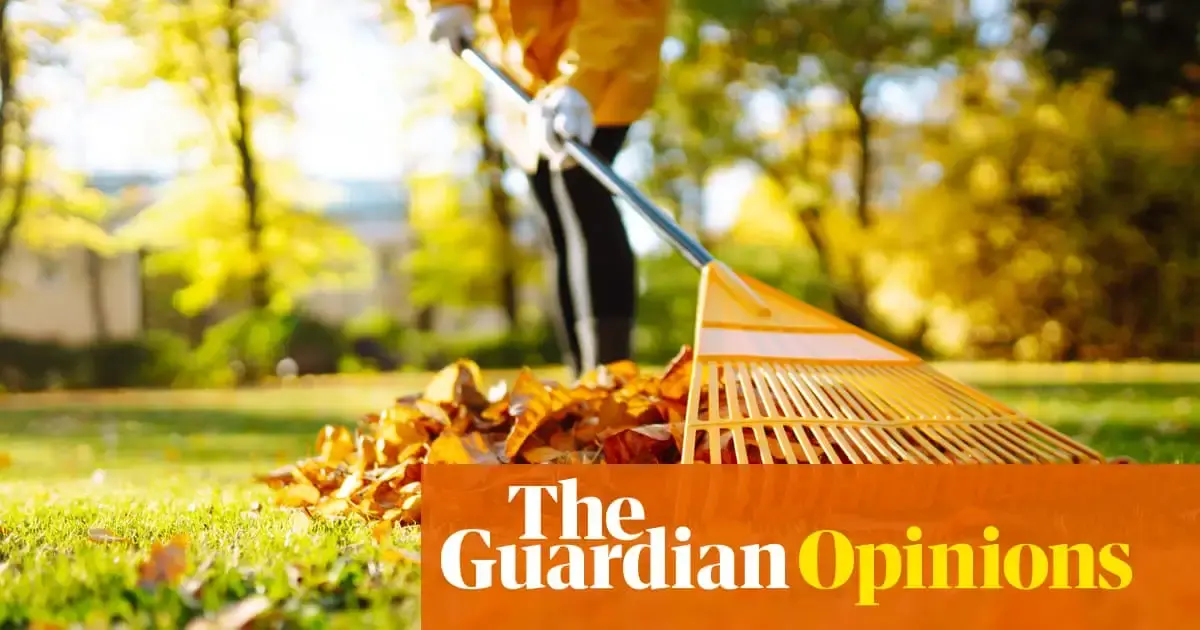Some choice quotes from the article:
[S]pent leaves that flutter to the ground aren’t a waste product. They are rich in carbon and play an essential role for the tree and the ecology it supports.
The leaves act as a physical barrier for soil, keeping it and its many microbes insulated, and also for the tree roots, as the wet mats of autumn leaves shelter the fragile top layer from the drying winds.
Many, many things live in these dead leaf layers: caterpillars of moths and butterflies, their chrysalises, beetles, centipedes, springtails, woodlice and spiders … and doesn’t the blackbird know it, rustling through the leaves?
No one loves wet autumn leaves more than earthworms, though. Sensing one of their favourite things, they start to work on incorporating them into the soil. Earthworms line their homes with autumn leaves, using them for bedding and then, because they are good housekeepers, they eat them as they break down.
Leave the leaves be: they are not a mess, a waste or a hindrance – they are life and vital with it.



Just be careful not to project too much onto nature. The layman’s idea of nature is pretty heavily biased because of our assumptions (and this obviously can be very different depending on the input culture). There is a strong dualism of culture vs nature and most of our idea of nature is produced in differentiation to our culture. For example, when people see human industrial technology as evil, nature is suddenly natural, chemical-free, mother earth, in harmony, sustainable, etc. But neither technology inherently evil nor nature inherently sustainable or better. Natural systems break down all the time. I would think that for a system of limited ressources sustainability would need some sort of planning capacity?